Votre source d’actualités sur les cryptomonnaies — tendances, analyses et mouvements du marché.

Kaspa attire de plus en plus l’attention des passionnés de crypto, mais beaucoup de nouveaux venus demandent encore : « Qu’est-ce que Kaspa ? ». Si tu découvres les actifs numériques pour la première fois, ce guide t’aidera à comprendre les idées clés derrière Kaspa, en quoi elle diffère des cryptos populaires, et pourquoi cela peut compter dans ton parcours. À la fin, tu auras une vision plus claire de sa technologie, de ses usages possibles et de la manière de l’explorer avec confiance.
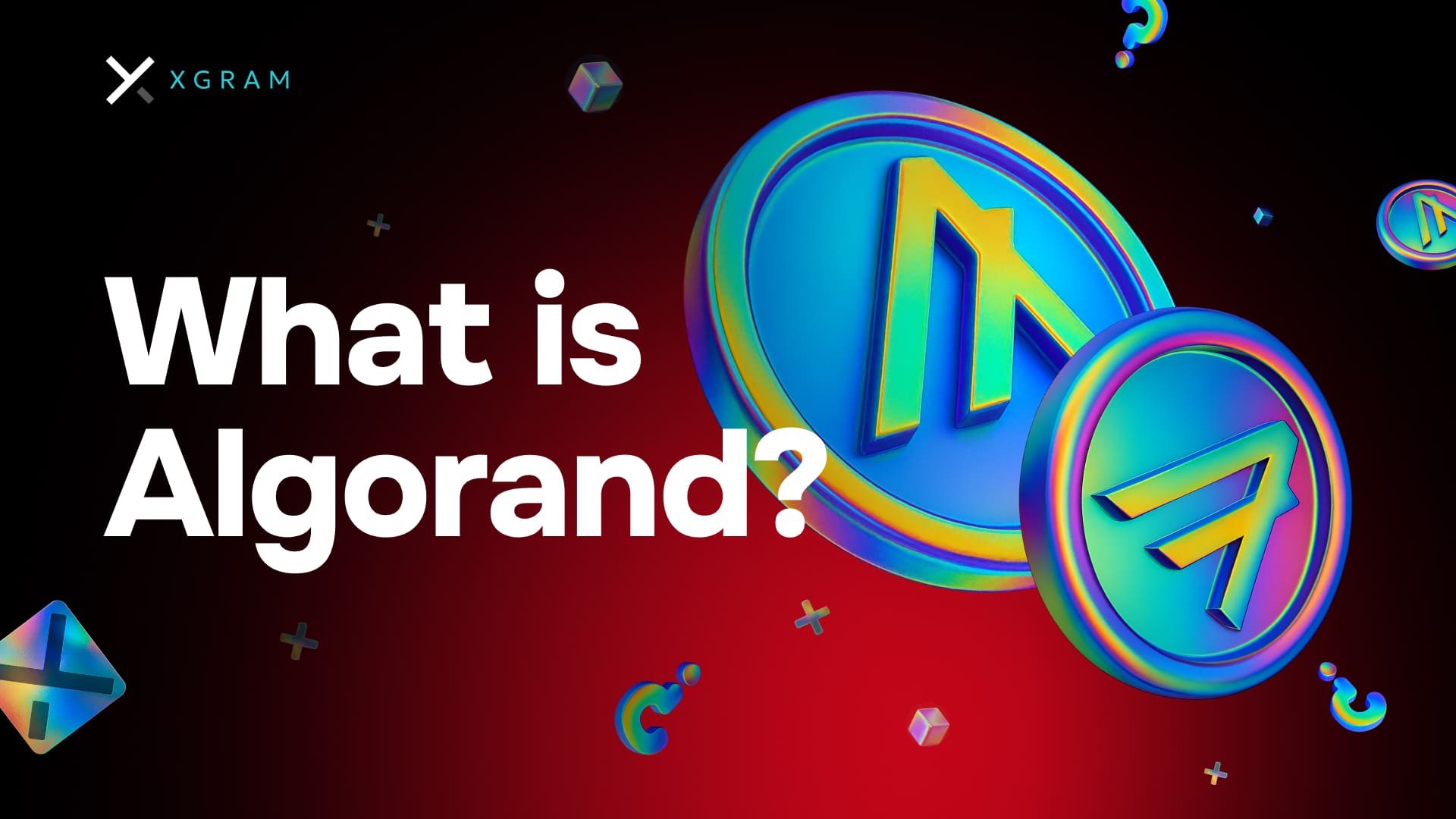
Algorand se distingue par un traitement des transactions rapide comparé aux réseaux blockchain plus anciens. Cette vitesse provient d’un mécanisme de consensus pure proof-of-stake conçu pour confirmer les transactions presque en temps réel. Tu profites de règlements rapides et d’un risque réduit de transactions bloquées. Par rapport aux blockchains qui reposent sur un travail computationnel lourd, l’approche d’Algorand réduit la congestion et les frais. En termes simples, tu obtiens une expérience fluide sans attendre des confirmations pendant des siècles.

Jasmy coin est une cryptomonnaie qui vise à redonner aux utilisateurs le contrôle de leurs données personnelles. Il est construit sur Ethereum et alimente une plateforme axée sur le partage sécurisé des données. Tu peux l’acheter et le stocker comme n’importe quel ERC-20, et il est soutenu par Jasmy Corporation, une entreprise technologique japonaise. Le projet est encore récent, mais beaucoup d’investisseurs observent s’il tiendra ses promesses autour de la “démocratisation des données”.

Si tu découvres les cryptomonnaies, tu te demandes peut-être ce qu’est le proof of time dans la blockchain et pourquoi c’est important. Le proof of time est une approche de consensus émergente qui mesure la durée pendant laquelle un participant engage des ressources dans un réseau blockchain, plutôt que de mesurer la quantité de ressources (puissance de calcul ou tokens) qu’il possède à un instant donné. Ce modèle vise à apporter équité, efficacité et sécurité.
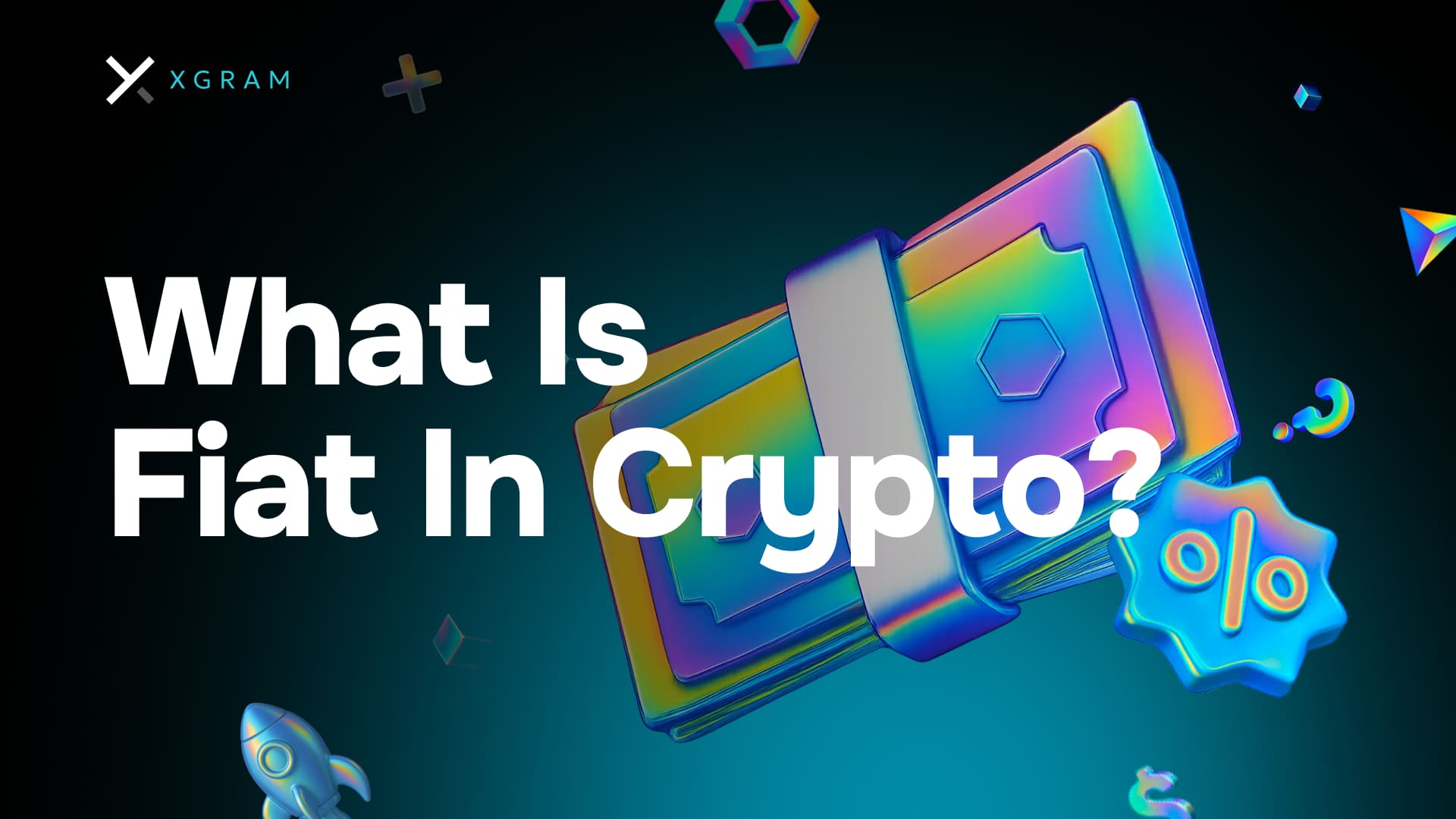
“Fiat” désigne les monnaies traditionnelles émises par les gouvernements, comme l’USD, l’EUR ou le JPY. Dans l’univers des cryptomonnaies, le fiat est ton point d’entrée et de sortie : il te permet d’acheter des actifs numériques ou d’encaisser tes gains. Le fiat compte parce qu’il sert de base à la stabilité économique mondiale, alors que la crypto apporte innovation et décentralisation. Trouver l’équilibre entre les deux, c’est souvent gérer les taux de change, les frais et la sécurité de tes portefeuilles.
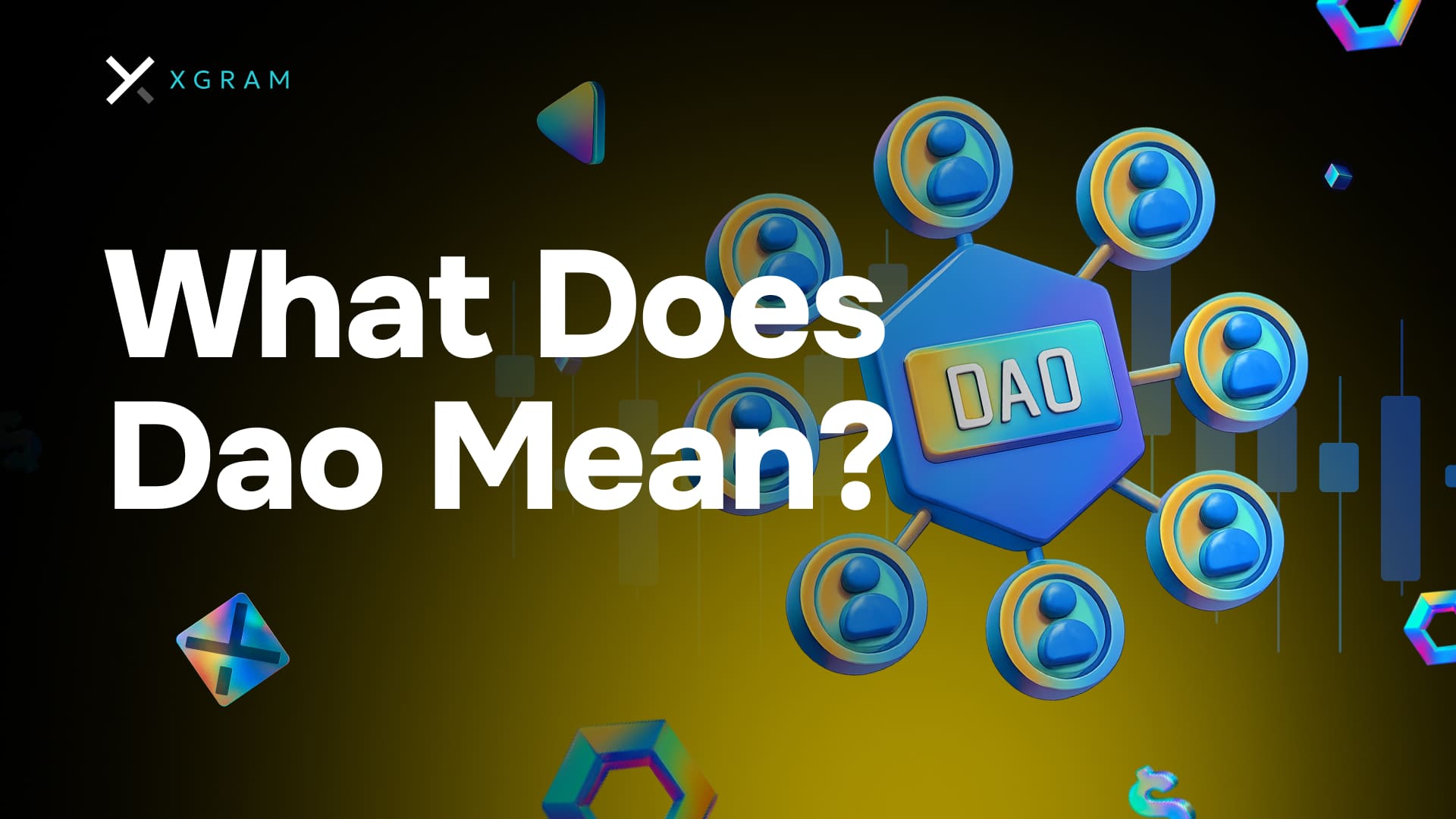
Si tu découvres les cryptomonnaies pour la première fois, tu as sans doute déjà vu cet acronyme revenir souvent. Un DAO, pour Decentralized Autonomous Organization (Organisation Autonome Décentralisée), est l’un des fondements de nombreux projets et communautés crypto. C’est une nouvelle façon de rassembler des personnes autour d’un ensemble de règles communes, sans autorité centrale aux commandes. Les DAO peuvent financer des initiatives, proposer des changements et récompenser les participants via des mécanismes entièrement transparents, basés sur la blockchain.
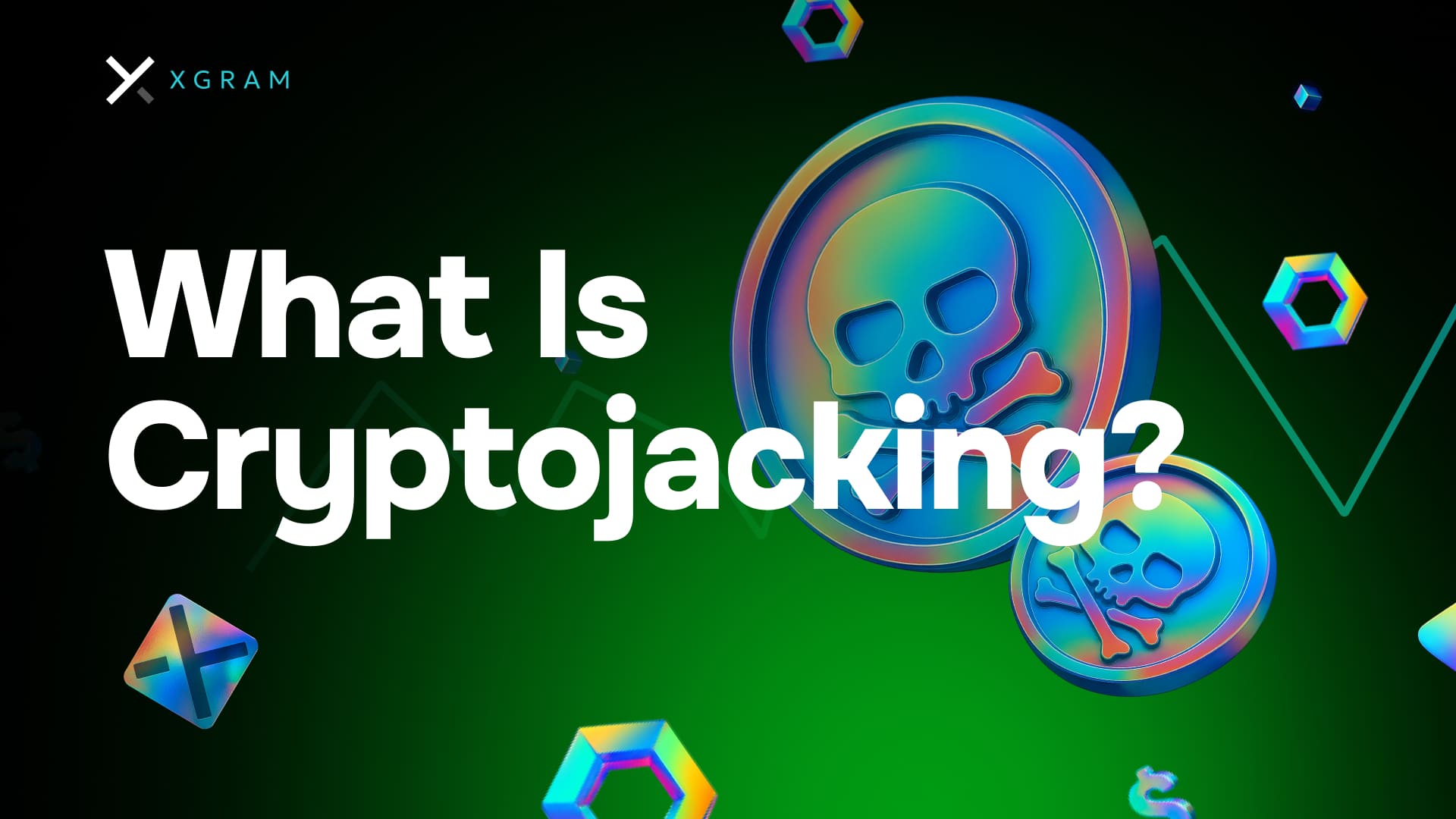
TL;DR : Le cryptojacking consiste à utiliser en secret tes appareils (ordinateurs, smartphones ou serveurs) pour miner des cryptomonnaies sans ton autorisation. Il s’infiltre dans ton système via des liens malveillants, des sites infectés ou des logiciels compromis. Une fois installé, il détourne la puissance de calcul pour générer des coins pour les attaquants—ce qui finit par vider ta batterie, ralentir tes performances et gonfler tes factures d’électricité. Avec les bons réflexes, tu peux détecter et bloquer ces attaques avant qu’elles ne fassent trop de dégâts.
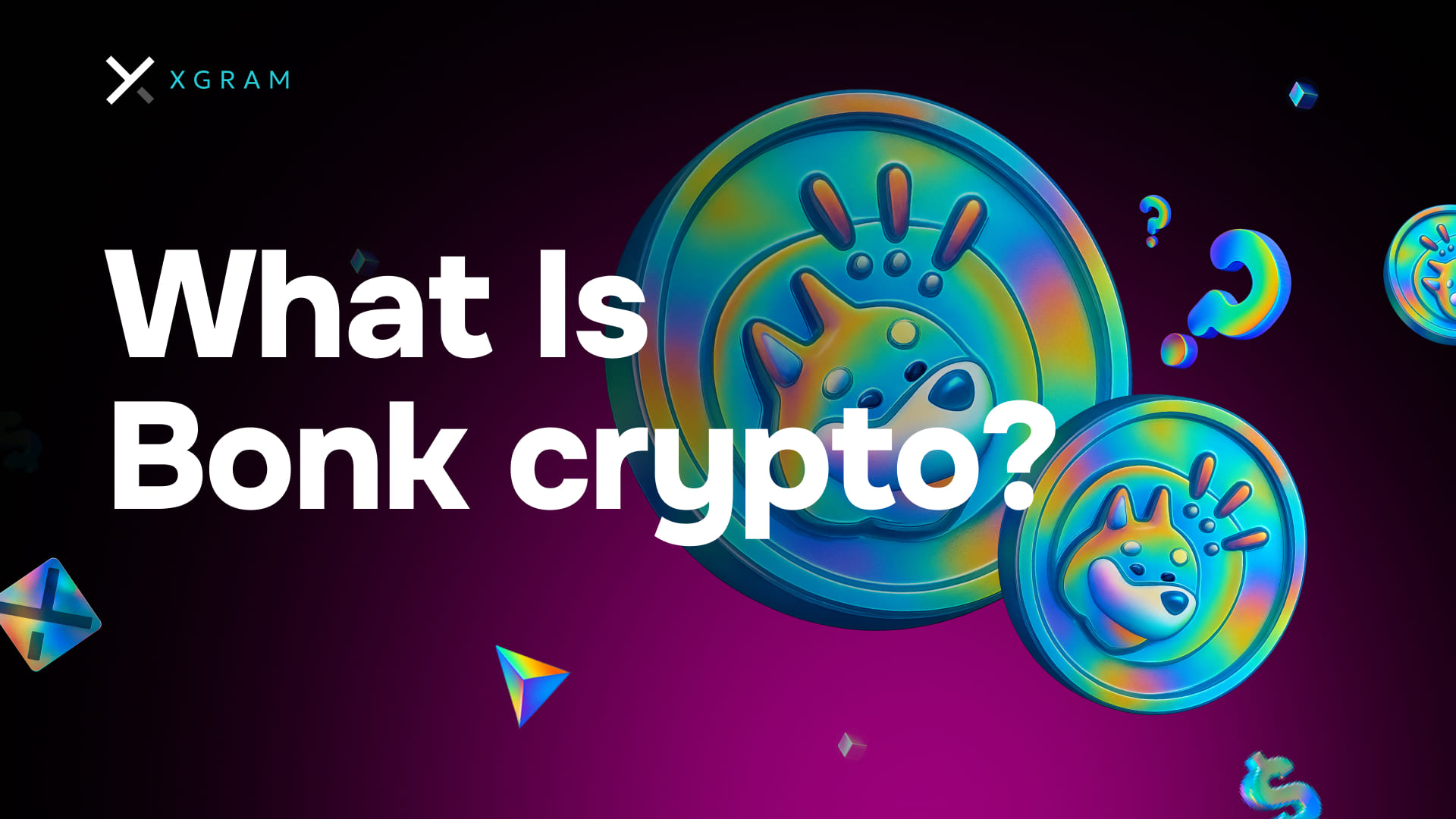
TL;DR : Bonk est une cryptomonnaie relativement récente qui a attiré l’attention grâce à son branding original et son côté “meme coin”. On le compare souvent à d’autres meme coins, mais le projet essaie d’aller au-delà du simple buzz en mettant l’accent sur une approche communautaire. Comme pour la plupart des tokens émergents, Bonk offre des opportunités mais aussi des risques que tu dois bien comprendre avant d’investir. Analyser les fondamentaux de Bonk est essentiel pour savoir s’il correspond ou non à ta propre stratégie d’investissement.
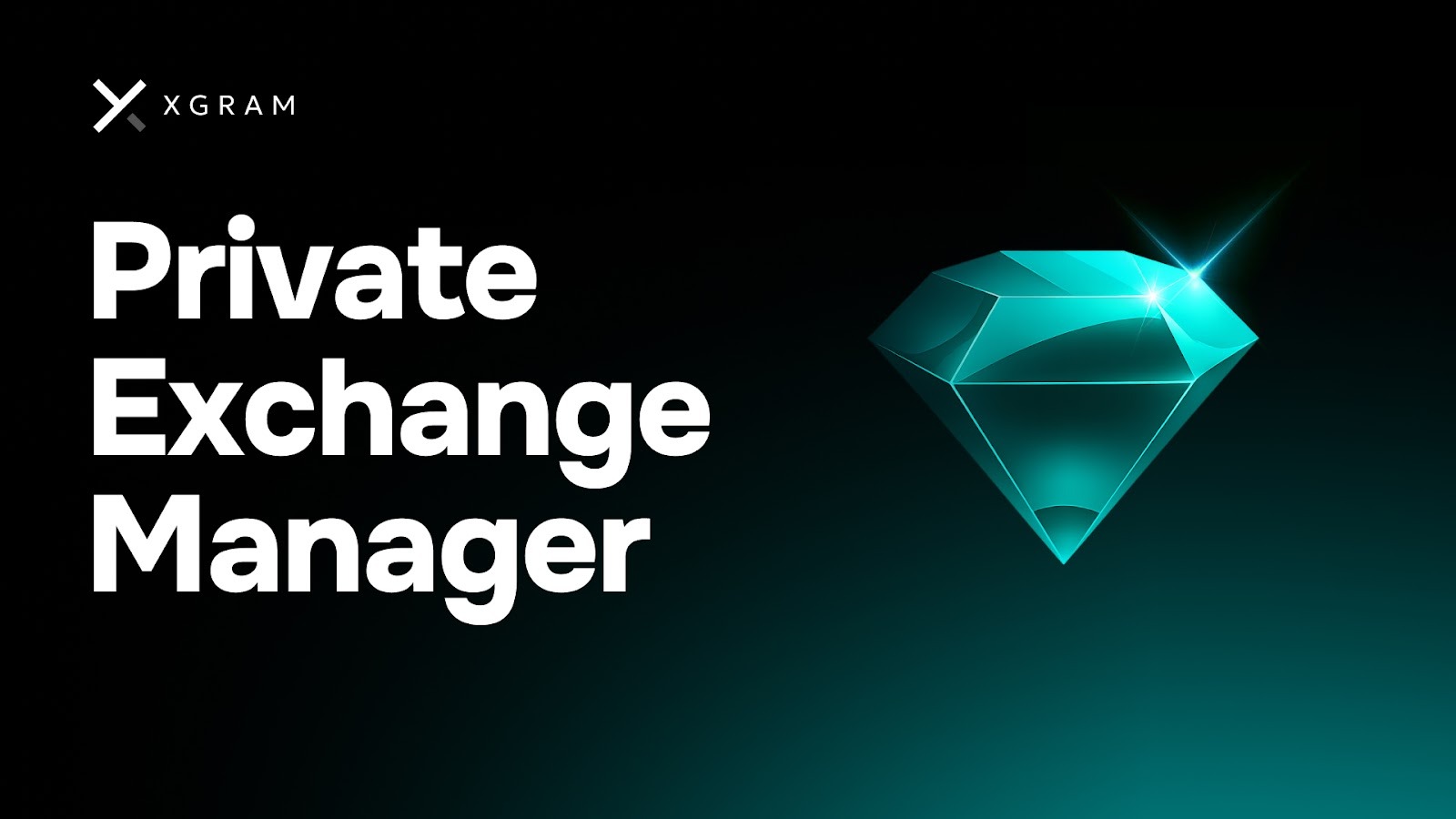
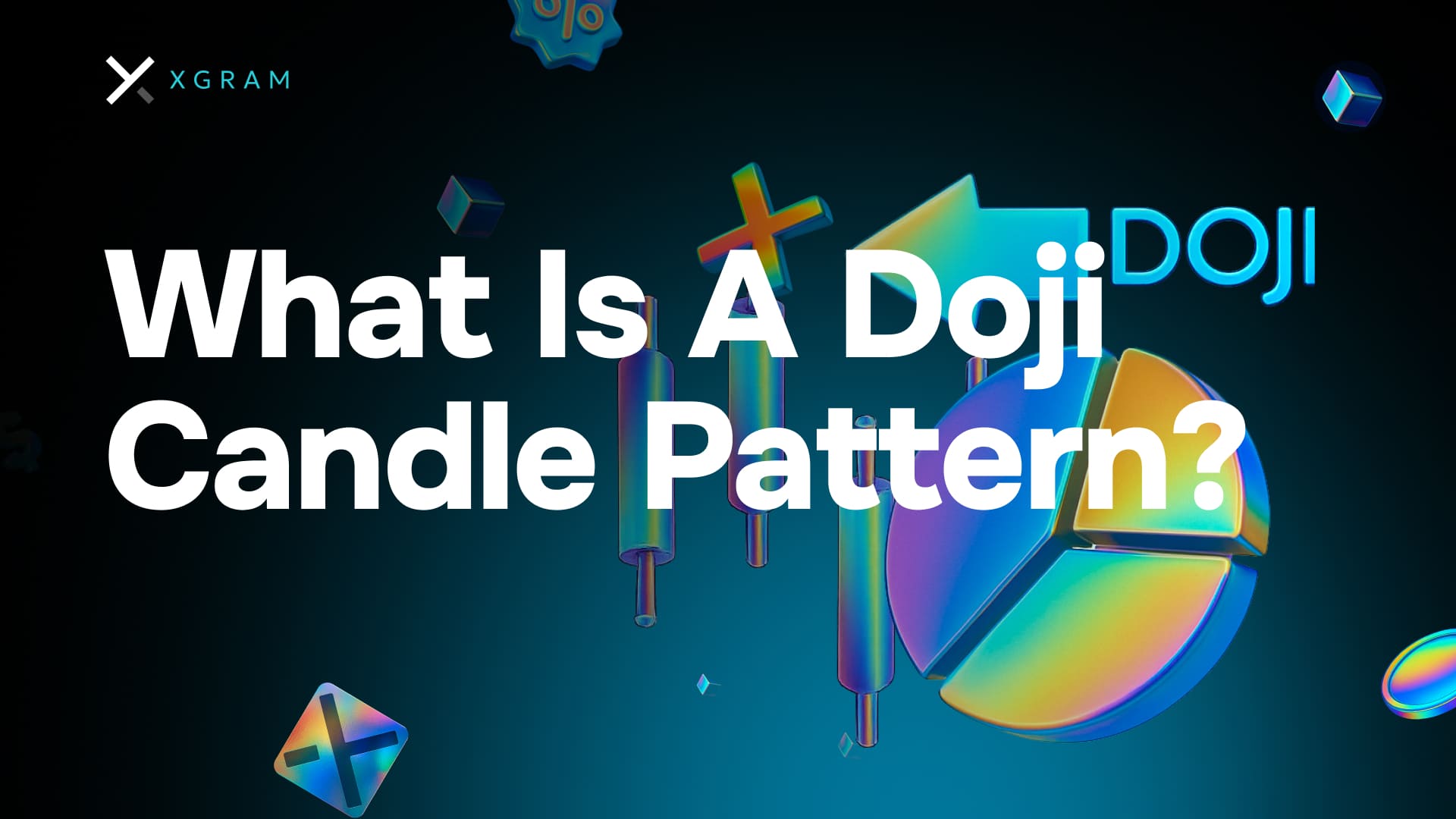
Vous vous êtes déjà demandé ce qu’est une bougie doji et pourquoi les traders y accordent autant d’importance ? Comprendre les bougies doji peut approfondir votre compréhension des mouvements de marché et vous aider à repérer les moments où les prix pourraient être sur le point de changer de direction. Ci-dessous, vous trouverez tout ce dont vous avez besoin pour lire et utiliser avec confiance les modèles de bougies doji dans votre propre trading.

Nous offrons 100 USDT à 10 traders sélectionnés au hasard – pas de classement, pas besoin d’être une baleine. Il suffit de trader pour avoir une chance de gagner !
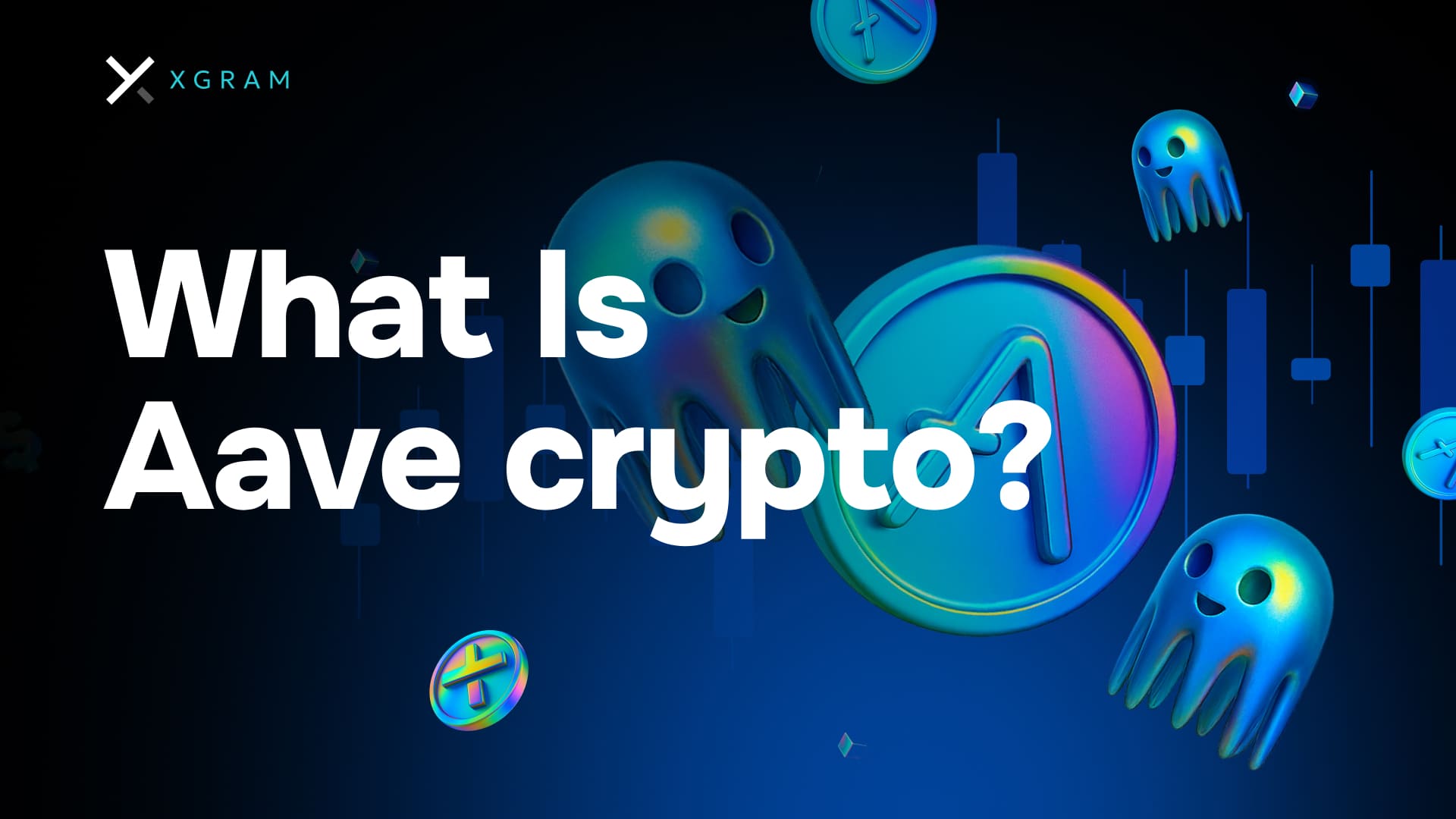
Si tu entres pour la première fois dans la finance décentralisée, tu te demandes peut-être : qu’est-ce que la crypto Aave ? Ce protocole joue un rôle clé dans le secteur des prêts crypto en reliant emprunteurs et prêteurs sans intermédiaires traditionnels. En termes simples, Aave est conçu pour te permettre de gagner des intérêts sur tes actifs numériques ou d’emprunter en les utilisant comme garantie. Ci-dessous, tu trouveras l’essentiel pour voir si Aave s’intègre dans ta stratégie crypto personnelle.